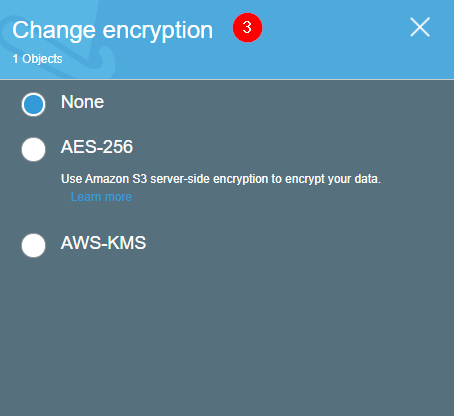View More...

CloudFront
CloudFront acts as Content delivery Network (CDN). It’s main purpose is to deliver webpages and other content based on Geographic locations of the user
Your Free Study guide for Cloud Computing
What is AWS S3 and how to utilize S3 with Quickstart S3 Bucket Tutorial

What does AWS S3 stands for? AWS S3 stands for Simple Storage Service. As the name tells us, S3 provides storage to store files in the Cloud (Amazon Cloud). And it is not only to store normal files, it can also be used as archival and even to host a static website. It have unlimited storage and file size can be from 0 byte to 5TB. Files are stored in bucket and we always hear people mention S3 bucket. But what is actually an Amazon S3 bucket? It is just AWS term for folders. Meaning, we are storing our files or S3 objects in folders.
S3 is object based where we can imagine that each of the file that we can upload is an object
S3 Objects consists of the following:
S3 has following features (you can click on each of the features to know more details) :
How does data consistency work for S3?
AWS S3 is built for 99.99% availability for AWS S3 platform
Amazon guarantee 99.9% availability (SLA) for their S3 service
Amazon Guarantee durability of 99.999999999% (11 9s if we want to remember this)
What is S3 Storage classes? It’s type of S3 storage that user can go for according to their requirements. To understand more about the options, below are S3 storage classes explanation:
S3 Standard
S3 Standard – IA (infrequently access)
S3 One zone – IA (One Zone Infrequently Access)
S3 – Intelligent tiering
S3 Glacier
S3 Glacier deep archive
As we have gone through type of storages that AWS is offering, it is now easier to understand what is S3 Object Lifecycle or Lifecycle management means to us.
S3 Object Lifecycle is set of rules that automate the migration of the Object Storage Class to a different storage class based on specified time intervals.
For example on the scenario:
Although there is a cost being charged if we use lifecycle management, there is also a saving that we can enjoy when implementing it. This is due to the more efficient usage of the storage based on what we required. Keep in mind that S3 standard is the most expensive and it will be cheaper towards Glacier Deep archive.
So, why not move the files to the cheaper storage if we can save some money from there.
Actually what makes those two differs from each other are:
This might change in the future, so stay tune for future updates from AWS.
S3 versioning with S3
It is really important to secure data that we transfer to and from AWS S3.
This is to prevent any data that we stored to fall into wrong hands such as hackers.
There are two scenarios that we need to take into consideration when protecting our data:
Below is an example of how encryption is being done for server-side encryption


How much does Amazon S3 cost (S3 Pricing)?
Amazon S3 charges will be a bit different for each of the region. But we’ll put S3 pricing example based on North Virginia this time.
Below are the example of S3 charges or S3 pricing:
*For S3 Glacier:
Above is just portion of the S3 charges as an example on how S3 pricing works. To get more information for different S3 storage classes cost and to check out on S3 pricing based on your own region, head on to https://aws.amazon.com/s3/pricing/
When we touch on S3 permission, we cannot run from talking about Bucket policies and access control list.
Anyway, all buckets and objects are PRIVATE by default. Only resource owner have access at first. Owner will then grant access to other users through:
Let’s dive deep into what is S3 resource based policy and IAM User Policy?

CloudFront acts as Content delivery Network (CDN). It’s main purpose is to deliver webpages and other content based on Geographic locations of the user
